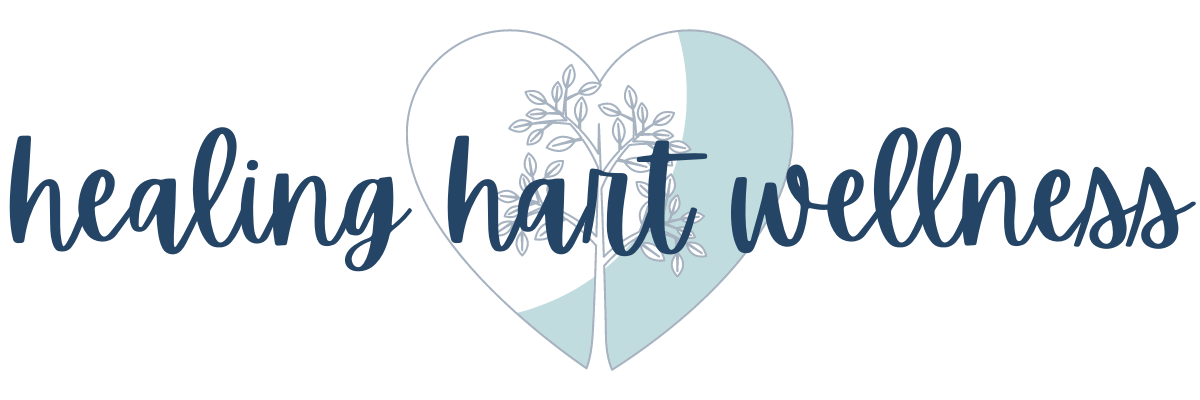Cope & Connect During COVID-19
Originally Posted on the Harford Day School Blog
You wake up and get yourself some coffee, enjoying the few moments of quiet before you awaken the house. Once you start waking up your child(ren), the day involves making sure they are on their live sessions, helping them check off items on their to-do list, managing a meltdown or two, and corralling them back to their desk to finish their work. You feel pressure to be enjoying these moments, but in reality, you just want them to learn from their teachers at school, and you kind of feel guilty for those feelings. Sound familiar? You are not alone.
The times we are in are not fun-filled vacation times. Your young person is struggling with the disruption in their routine, and I would bet you are dealing with a mix of meltdowns, anxiety, trouble falling asleep, clinginess, difficulty paying attention, change in appetite, sadness, and/or frustration in your home right now. Let me repeat: you are not alone. Right now, your child needs you to help them figure out how to manage their feelings and survive this challenge. Right now, they need you to help them develop skills to cope and to connect. Let’s look at what this means and how to help.
Cope: Young people need to learn skills to manage their emotions in a healthy way. You may have noticed that your child is struggling to use the strategies they found helpful prior to this pandemic. Perhaps they are regressing or having more meltdowns. Let’s explore two different strategies to help your young person learn to cope:
Self-Care: Are you taking care of yourself? Seriously. If you want to help your child learn to cope with the big feelings and frustrations they are feeling right now, make sure you are taking care of you. If you aren’t taking care of those worries or frustrations of your own, they will spill out and your child will pick up on them. Your anxiety will set fire to your young person’s anxiety. Your frustration will intensify theirs. Take care of yourself FIRST so you can take care of others.
Calming Corners: I am a huge fan of calming areas in schools and classrooms. Can you make one at home, too? A calming corner is NOT time out. It is a place where your child can go to take a few moments to themselves. Some young people I know have a comfy place in their room they use; others choose to have their calming space in a common area or even a closet. Set up the space with comfy seating, like a beanbag or pillow, and some calming items like a stuffed animal, a pinwheel for breathing, fidgets or stress balls, headphones, and other items that your young person identifies as calming. Once the calming area is made, your child can visit it when they are feeling stressed or frustrated. Remember, this isn’t a time out area. You can certainly encourage or prompt your young person to go there, though.
Connect: During times of stress, just as with adults, young people can feel disconnected from themselves and isolated from others. Without the language to explain how they are feeling, however, they may show signs of anxiety, sadness, frustration, or meltdowns. Help your young person stay connected to themselves and others during this time.
To themselves: Teach your child “Square Breathing” to take a moment to connect to themselves by connecting to their breathing. Draw a square on a piece of paper and ask your young person how many sides the square has (Bonus: you just snuck in a quick math lesson, too!). Teach them the four steps of square breathing: (1) Breathe in for 4, trace up the left side of the square, (2) Pause for 4 (hold the breath in), trace the top horizontal line, (3) Breathe out for 4, trace the right side of the square downward, (4) Pause for 4, trace the bottom horizontal line. Have him or her repeat this four times.
To others: Connection to others during a time of isolation is very difficult. If you haven’t already, you might consider a virtual play date for your child. Rather than just staring at the screen, have each participant bring an item to play with (like Legos to build with) for the playdate.
Over the next few weeks, we will explore different strategies for coping and connection. Be sure to check back next Friday for more ideas. Until then, take care of yourselves so you can take care of your children!

